Head of Rospotrebnadzor Popova: the omicron strain can be imported to Russia from 50 countries Reported by RIA Novosti.
Day: December 7, 2021
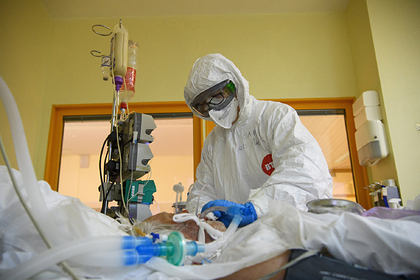
Tens of billions of rubles will be allocated for the treatment of patients with COVID-19 Russians
Mishustin announced the allocation of additional 89 billion rubles for the treatment of Russians with COVID-19 Russian Prime Minister Mikhail Mishustin announced the direction of additional tens of billions of rubles to support compulsory medical insurance for the treatment of Russians with COVID-19, RIA Novosti reports. According to him, 89 billion rubles from the government will keep the treatment free, and medical care will continue to be provided under the policy in all regions of the country. Against the background of the worldwide spread of the omicron coronavirus strain, the prime minister ordered to monitor the reserve of drugs, oxygen and the state of the bed fund. He called the main task the stable operation of the health care system in any development of events. The very situation with the incidence, he called tense.

Russians massively wanted to become IT specialists
Zarplata.ru: 22% of Russians plan to retrain IT specialists in 2022 Every fifth Russian plans to undergo retraining and become an IT specialist in 2022. This is stated in the study “Zarplata.ru” (available to “Lenta.ru”). About 22 percent of respondents plan to retrain for work in the IT sector next year, eight percent have already completed additional training in this area, and 46 percent are willing to consider such an opportunity in the future. At the same time, eight percent of the respondents said that they do not have enough time to acquire a new specialty. Another 16 percent are sure that they do not have the ability, therefore they will not pull the job of an IT specialist. The most insecure in their abilities were Russians aged 18 to 24 years. Russians wanted to go massively into IT because of high salaries (33 percent of respondents named this reason).
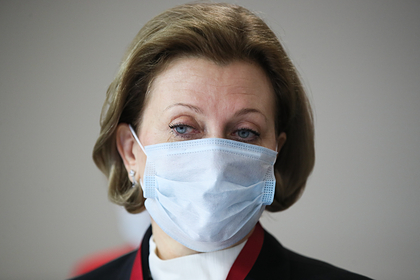
Popova urged Russians to prepare for changes in the situation with COVID-19
Popova: one should be prepared for any changes in the COVID-19 situation in the world COVID-19 in the world, the head of Rospotrebnadzor Anna Popova urged the Russians during a meeting of the presidium of the coordinating council for combating coronavirus. Her words are reported by TASS.
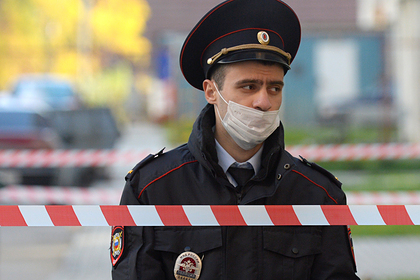
In Moscow, an unknown person opened fire at the MFC
“112”: an unknown person shot two people in the Moscow MFC In the MFC in the south-east of Moscow, an unknown person opened fire. According to Telegram channel “112”, two people were killed. SHOT writes about one dead and injured, Baza reports two wounded.

Russians massively wanted to become IT specialists
“Zarplata.ru”: 22% of Russians plan to retrain IT specialists in 2022 in 2022. This is stated in the study “Zarplata.ru” (available to “Lenta.ru”). About 22 percent of respondents plan to retrain for work in the IT sector next year, eight percent have already completed additional training in this area, and 46 percent are willing to consider such an opportunity in the future. At the same time, eight percent of the respondents said that they do not have enough time to acquire a new specialty. Another 16 percent are sure that they do not have the ability, therefore they will not pull the job of an IT specialist. The most insecure in their abilities were Russians aged 18 to 24 years. Russians wanted to go massively into IT because of high salaries (33 percent of respondents named this reason). Other reasons include being in demand (24 percent), the ability to work
In Moscow, an unknown person opened fire at the MFC
“112”: an unknown person shot two people in the Moscow MFC In the MFC in the south-east of Moscow, an unknown person opened fire. According to Telegram channel “112”, two people were killed. SHOT writes about one dead and injured, Baza reports two wounded.
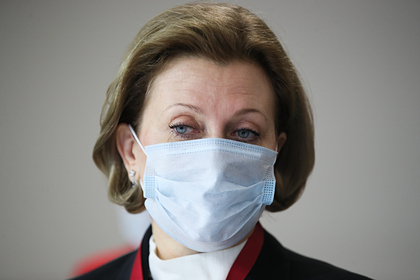
Popova urged Russians to prepare for changes in the situation with COVID-19
Popova: one should be prepared for any changes in the COVID-19 situation in the world COVID-19 in the world, the head of Rospotrebnadzor Anna Popova urged the Russians during a meeting of the presidium of the coordinating council for combating coronavirus. Her words are reported by TASS.
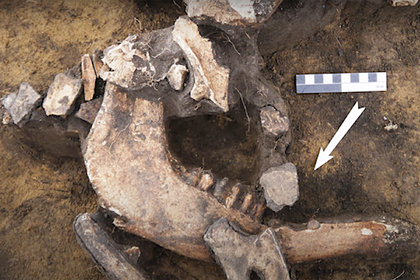
An ancient sanctuary with foundry found in Siberia
Archaeologists have discovered a sanctuary with a foundry in the Novosibirsk region and foundry. This is reported by Rossiyskaya Gazeta with reference to the Scientific and Educational Center “New Archeology” of Novosibirsk State University. As the senior researcher of the Institute of Archeology and Ethnography of the SB RAS, Natalia Efremova, Ph.D. the western part of the burial ground is a cult complex that could be used for several purposes at once. So, sacrificial recesses were found here, in which the bones of not only animals, but also people were found, which may indicate that in ancient times human sacrifices could have been carried out on this place. In addition, judging by the found artifacts, this complex was associated with the bronze casting production. “Several heat engineering structures were discovered here, which were voluminous, deep pits with a very powerful piercing in the middle. Bursts of bronze allowed us to
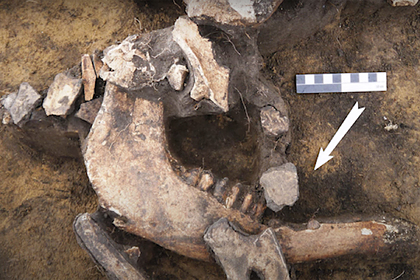
An ancient sanctuary with foundry found in Siberia
Archaeologists have discovered a sanctuary with a foundry in the Novosibirsk region and foundry. This is reported by Rossiyskaya Gazeta with reference to the Scientific and Educational Center “New Archeology” of Novosibirsk State University. As the senior researcher of the Institute of Archeology and Ethnography of the SB RAS, Natalia Efremova, Ph.D. the western part of the burial ground is a cult complex that could be used for several purposes at once. So, sacrificial recesses were found here, in which the bones of not only animals, but also people were found, which may indicate that in ancient times human sacrifices could have been carried out on this place. In addition, judging by the found artifacts, this complex was associated with the bronze casting production. “Several heat engineering structures were discovered here, which were voluminous, deep pits with a very powerful piercing in the middle. Bursts of bronze allowed us to